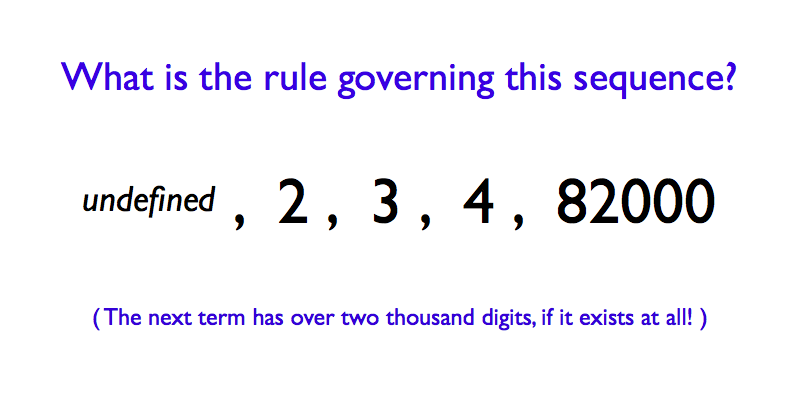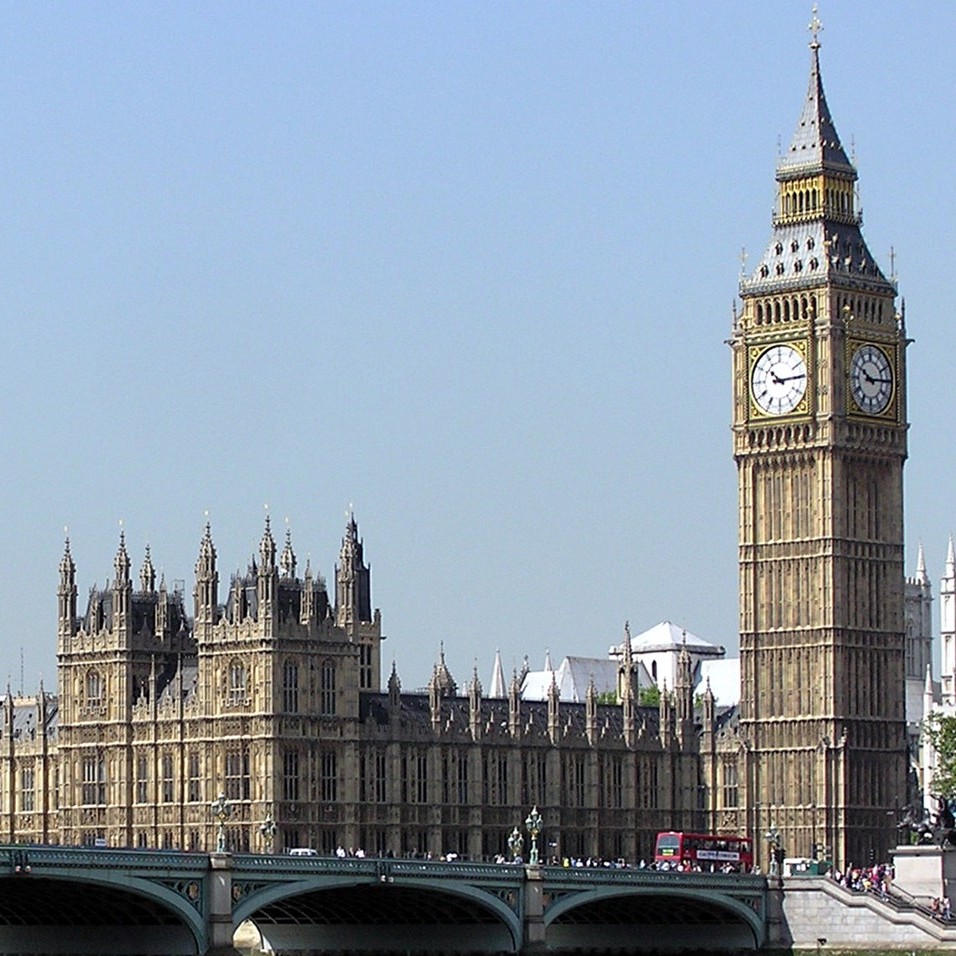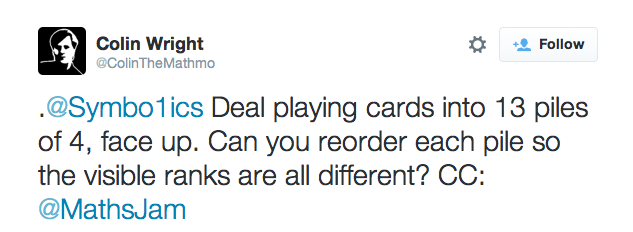The seat totals of the four largest political parties at the general election (excluding Northern Ireland and the speaker), 330, 232, 56, 8, appear in sequence, starting from the eighty-eight million, five hundred and eight thousand, three hundred and seventy-ninth digit of π, counting after the decimal point.
To think that the election result was staring us in the face all the time. If only we had known where to look, we could have saved ourselves all that bother with the polls…
(Actually, √2 is even more helpful, giving us the DUP seat total as well. 330, 232, 56, 8, 8 appear in sequence, starting from the one billion, forty million, one hundred and thirty-two thousand, five hundred and seventy-third digit of √2, counting after the decimal point.)
Search for other numbers hidden in mathematical constants here.




